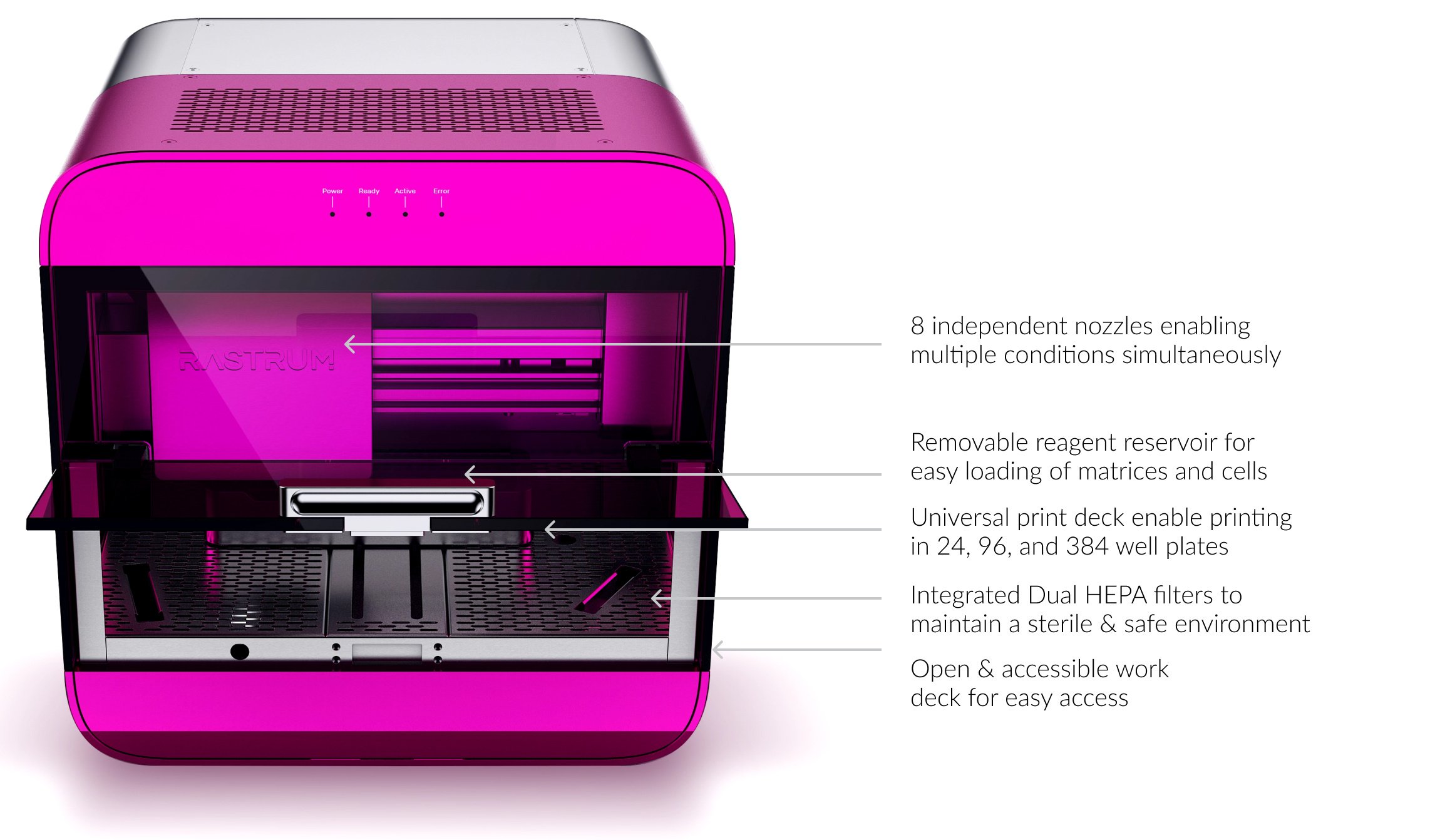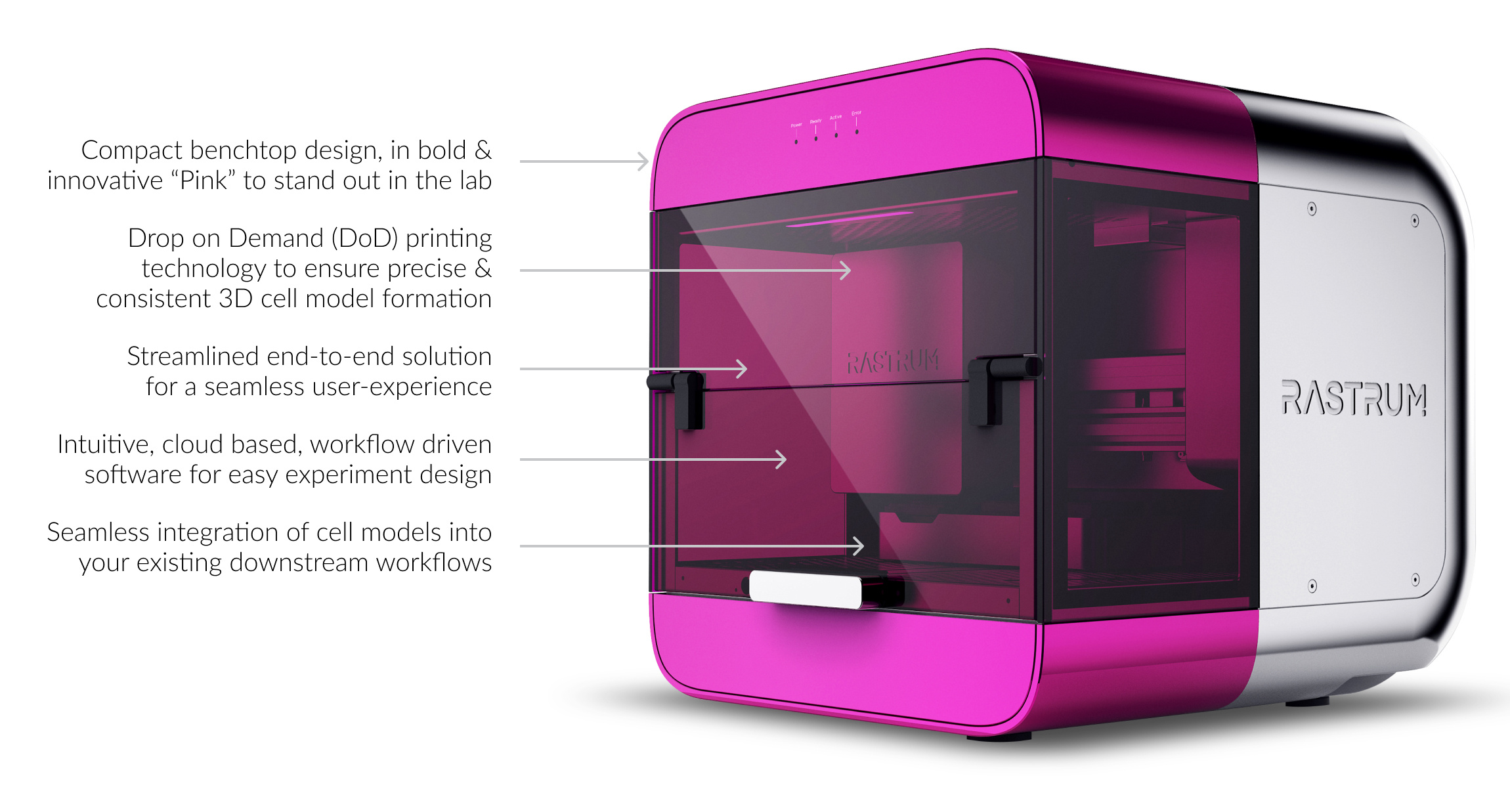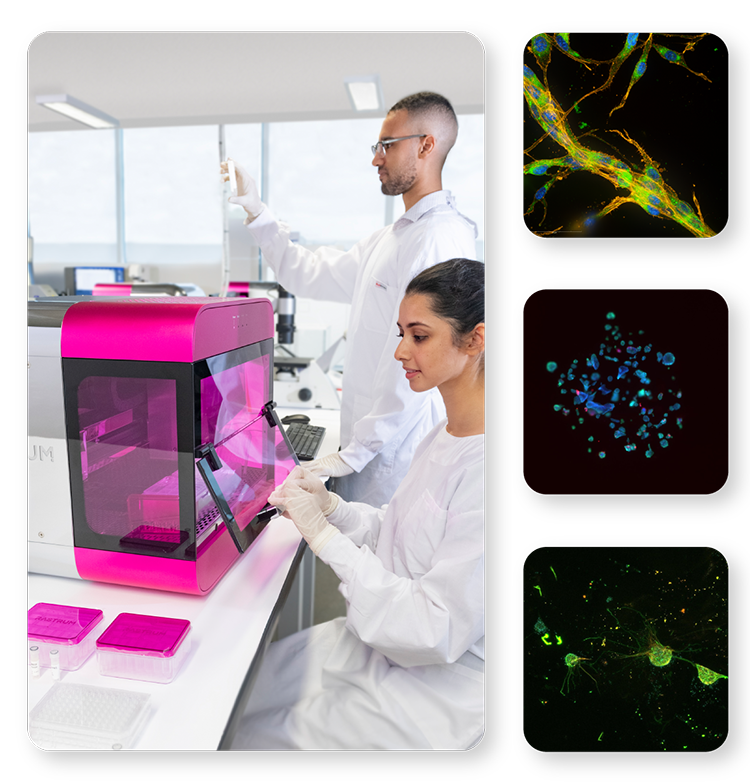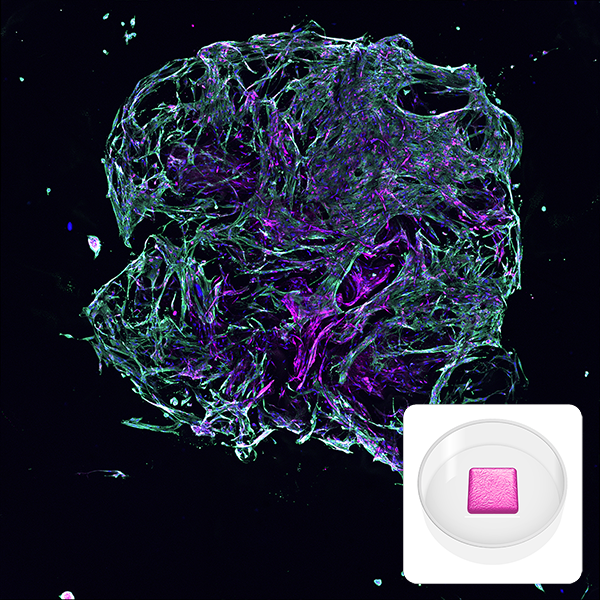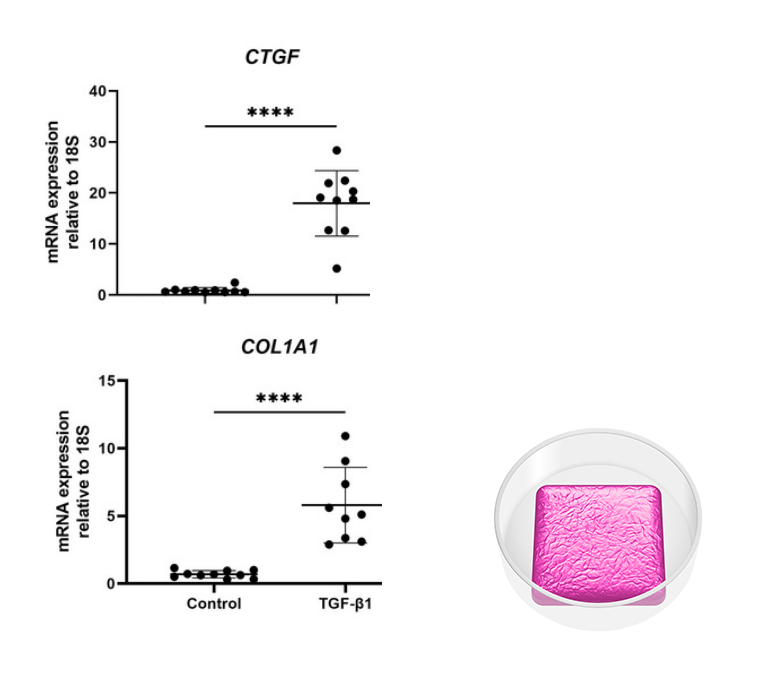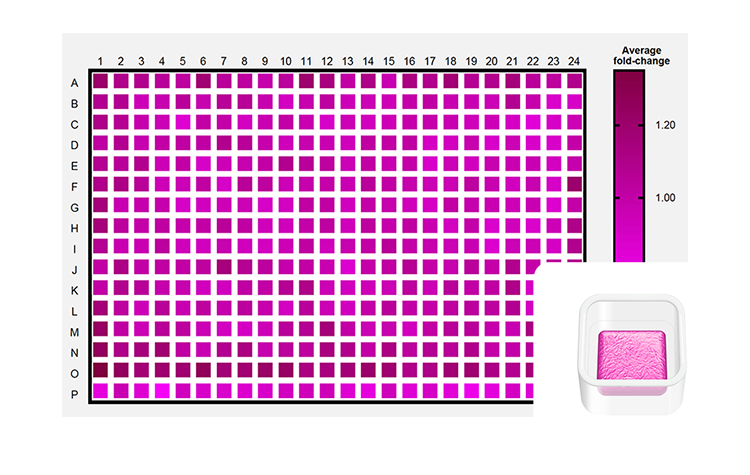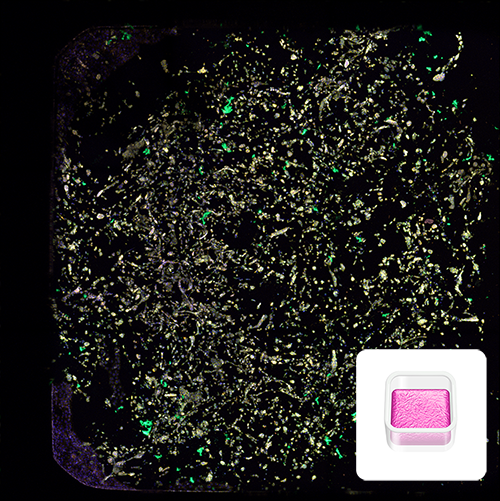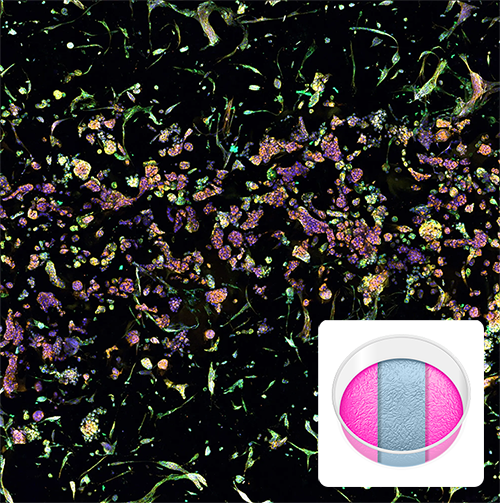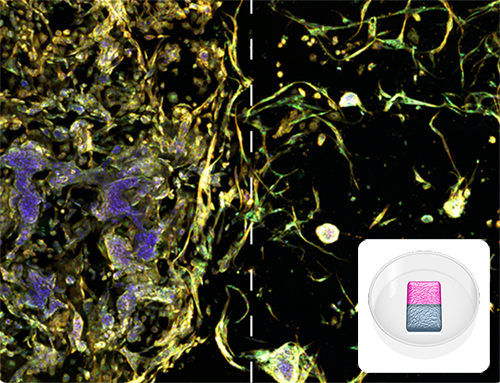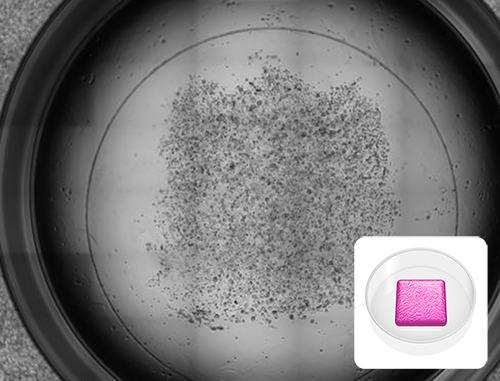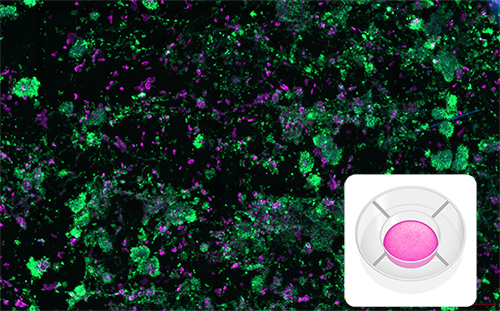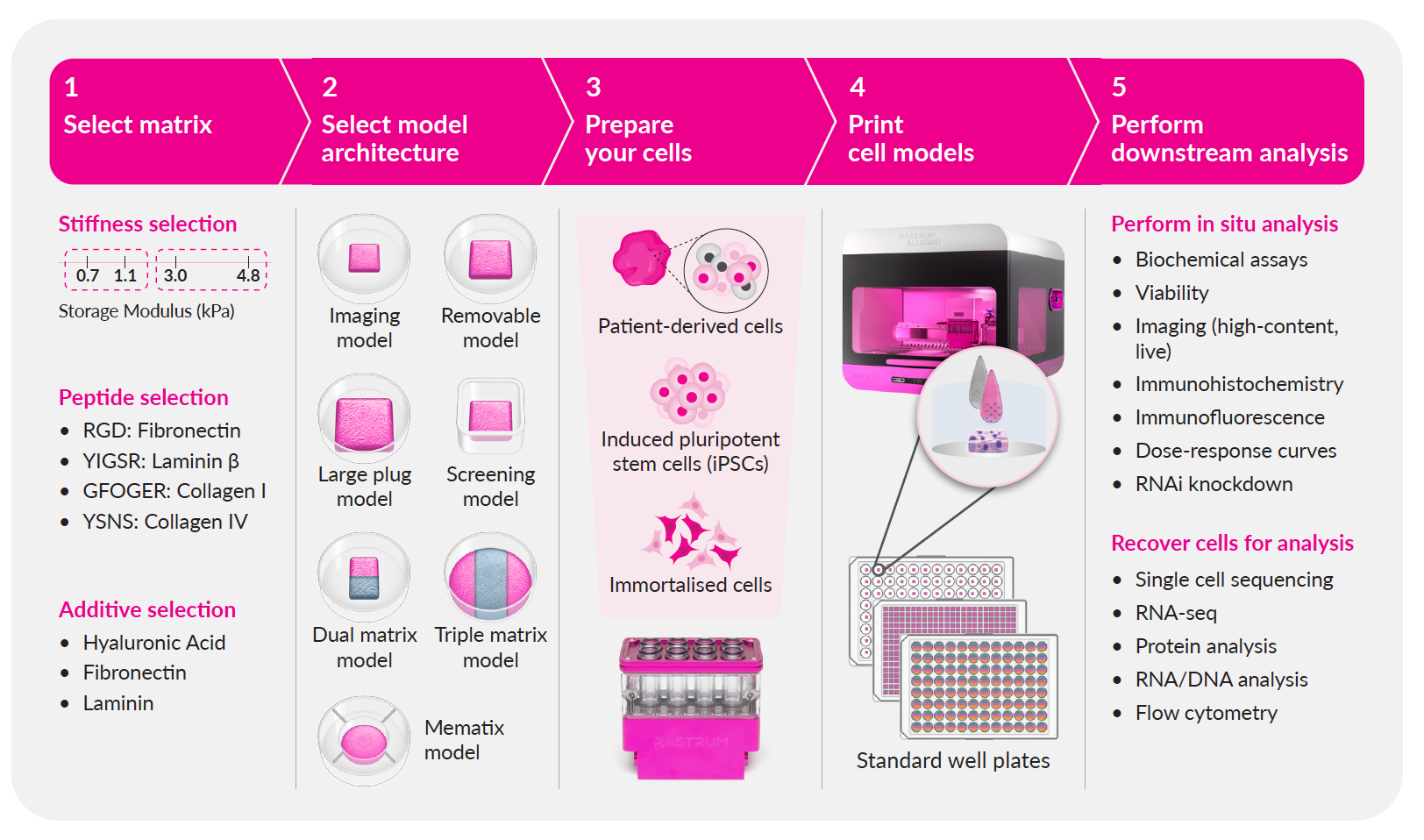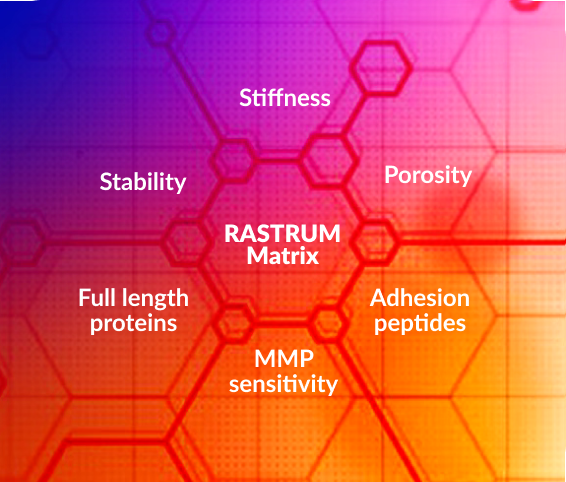Description
The RASTRUM platform empowers researchers with an advanced solution for creating complex, high-quality 3D cell models quickly and consistently. By leveraging its unique drop-on-demand technology, RASTRUM accelerates the development of physiologically relevant cell cultures that more accurately mimic human tissues.
It enables scientists to streamline their workflows, reduce manual handling, and enhance reproducibility across experiments. With RASTRUM, labs can seamlessly scale their 3D cell culture capabilities, driving breakthroughs in drug discovery, disease modeling, and regenerative medicine. It’s not just about creating models—it's about transforming the way we approach scientific research and enabling more predictive, actionable results.
Precision model generation with drop-on-demand technology
Our unique drop-on-demand bioprinting technology enables the rapid and precise creation of complex model systems in standard plate formats. Cells are encapsulated via a two droplet system dispensed from independent nozzles within the printhead. Upon contact, gelation occurs instantly at room temperature. This precision and speed drives reproducibility and scalability.
Reliably model complex biology with advanced cell models
Our flexible matrix and cell model architecture configurations give you more control to design and create the cell microenvironment you desire. Develop increasingly relevant cell models that provide deeper and more relevant insights for your research. Access improved precision and standardization to deliver consistently reliable and reproducible results.
Whatever the cell model, our Digital Bioprinting technology enables unprecedented speed and reproducibility well-to-well, day-to-day and site-to-site. They can be produced quickly and reproducibly.
Off-the-shelf consumables to accelerate your discovery
Cut through the complexity of assay development with our streamlined, end-to-end solution. Mimic the native cellular microenvironment with our large defined, xeno-free matrisome library. RASTRUM speeds up your time to results, helping you achieve breakthroughs faster and more efficiently.
